ENGLISH TRANSLATION AVAILABLE! AERA Article about Dog Auctions
AERA Article about Dog Auctions
An article about dog auctions in Japan will be included in the May 31st issue of AERA magazine. The article will be in Japanese, but we will post a translation of it on this page at a later date.

Please read a translation of the article below. The translation is being posted with the permission of AERA. We do not take responsibility for any errors in translation because translations for ARK are performed on a voluntary basis.
*****************************************************************
Investigation – Black Box of the Pet Distribution Industry
Reality of Dog Auctions in Japan
Japan has its own system within the pet distribution industry. Together with the growing “pet business”, this pet distribution industry has become larger. And as a result, many problems and issues have surfaced. In this article, we investigate the “black box” that creates abandoned animals.
As soon as you walk into the building, you hear the auctioneer through a loud speaker. And between the loud shouting, you hear the weak cries of puppies and kittens. Two rows of folding tables surrounding a small cage in the middle, and approximately 80 men and women are sitting on folding chairs around the cage. The people holding a button hanging from the ceiling are the buyers for pet shops, and others are the breeders who are the sellers at the auction.
This auction house stands along the side of a motorway in the Kanto area. Every week, puppies and kittens are being auctioned in this prefabricated building.
“Poodle, female!”
“Shiba, male!”
The auctioneer yells out the type of breed and the sex of the each animal with a distinct voice, and a man with a plastic glove picks up a puppy with one hand and brings it to the cage placed in the centre. While the animal is being carried to the cage, some buyers touch the animal with their bare hands perhaps to make sure of its skeletal structure and joints. Buyers hold onto their buttons while staring at the puppy in the cage and the price monitor placed on top of the cage. When two or more people press their buttons, the bidding price goes up by a unit of 1,000 yen. Prices easily reach 50,000 to 60,000 yen, and each animal only takes anywhere from less than 20 seconds to a few minutes to be sold. Animals that are sold are quickly stuffed into a small basket or box, and these baskets and boxes pile up in such a short time. Those who buy these big piles of boxes and baskets of animals are the buyers for the large franchise pet shops. Every week, 300 to 500 animals are being distributed from this particular auction house to various pet shops in the Kanto area.
350,000 Animals Annually
In 2008, there were 113,488 dogs that were captured by local authorities throughout Japan, and 82,464 dogs out of the 113,488 captured were killed. Our magazine has been investigating the pet distribution industry that exists in our society which creates a large number of abandoned animals. And pet auctions are the keystone of this distribution industry. We would like to divert your attention to the chart on page 31. (The chart has not been translated, but details are included in this translation.) Pet shops as retailers rely greatly and mainly on pet auctions as their suppliers. Breeders as producers also rely on pet auctions as the destination for over 50% of their products. We estimate that approximately 350,000 puppies are being distributed annually through the pet auction system. Therefore, the current situation of the dog distribution industry cannot exist without the pet auction system. This auction is a system which exists only in Japan, and today there are about 17 to 18 companies that run such pet auctions. Their income consists of membership fees from breeders (sellers) and pet shops (bidders), ranging anywhere from 20,000 to 50,000 yen, annual fees which range anywhere from 20,000 to 50,000yen, and 5-8% of the selling price of each animal as commission. This business model was first launched about 20 years ago. Prior to this system, breeders and pet shops were dealing directly with each other. However, as time passed, more people from other industries had come into the flow of the system. As the result, the amount of dogs being circulated increased and direct dealing had become impossible. The growing dog business led to the establishment of the auction system, and at the same time, other problems came to surface. It has become a comfortable place for unethical and inhumane breeders, a stage on which young puppies are being distributed through, and a firewall for traceability. An executive of a large pet shop franchise chain tells us, “as long as you are registered as an animal handling business operator, you are able to enter into an auction without any kind of evaluation or approval. And pet shops are not able to directly negotiate with the breeders; there is no way for the pet shops to know the condition of the parent dogs or the conditions in which the puppies were bred.”
Unethical, Inhumane Breeders Have the Advantage
In March 2010, the owners of “Pet Shop Amazaki Kennel” was arrested for illegal breeding and violation of the law for mandatory rabies vaccinations, and papers pertaining to a case were sent to the Public Prosecutor’s Office. They had been practicing their business illegally for over ten years, and for the past six years they had been bringing more than 200 unsold dogs to the animal control centre to be killed. They were using an auction in Osaka. The owner of this Osaka auction says, “Their management of the animals was appropriate enough to produce good dogs, but I guess compliance with the law was their second priority. I never knew they were operating their business illegally. As soon as their case surfaced, I suspended them from being able to sell for one year.” Even after these problems surfaced, other unethical and inhumane breeders continued on with their business. There was another case that was going on until April of this year at an auction site. This particular auction takes place every Monday. It is considered to be the largest pet auction of Japan, and on its busiest day, around 1,000 puppies and kittens are being auctioned. An elderly married couple in their 70’s from Ibaraki Prefecture, who had been breeding dogs for the past ten years, were selling their puppies at this auction. This breeder’s abuse of animals was found last summer. They drew attention to themselves by coming to an animal control centre in Ibaraki Prefecture to dump about 20 dogs on two different occasions. When people from an organisation for animal welfare visited them, they said that they could smell a nauseating horrible smell coming from the two-story concrete building. The building was packed with piles of metal cages, and approximately 100 dogs and 60 cats were kept there. Some dogs had infected scars from caesarean sections. There were dogs with their legs rotting below the first joint because their injured legs were left untreated.
Problematic Business Model
In November of last year, charges were brought against the breeder by the Ibaraki Prefecture’s Ushiku Police Department for violation of the animal welfare act and the law for mandatory rabies vaccinations. However, they were able to continue their business operation. They continued to bring their puppies to auction every week. The Ibaraki authorities performing on-the-spot inspections and via papers confirmed that they shipped more than ten puppies in March of this year. The office of the company that runs this auction is located in Roppongi Hills, Tokyo. Its parent company operates an investment brokerage business and its president and executive board members are from the parent company. An executive who was in charge told us, “This auction became a necessary system in order to perform appropriate management of the health condition of puppies and to maintain the clarity in pricing. We greatly regret that we were not able to see what exactly was going on. As of now we have about 2,000 registered members, and we are visiting them directly to try to monitor what is going on and to advise them accordingly.” However, with this business model in which live animals are being auctioned, the problem of disposing of undesired animals exists by default. I would like to draw your attention one more time to the chart above. There are approximately 14,000 dogs that are “missing” in the process of distribution. What exactly happens to them is not clear, however because auctions distinguish which dogs can be sold at high price and which cannot, the possibility of the dogs being “screened” cannot be eliminated. Mr. Satoru Uno, Chairman of PARK (National Pet Park Distribution Conference), which consists of fourteen auction business operators nationwide, admits to this concern. “The more selective the auction is of the puppies, the more “irregular products” there are and there rises the problem of what breeders may do to those unsold products when they bring them back.”
Promoting Younger Puppies into the Market
One of the elements which closely correlates to this problem is the fact that younger puppies have a higher demand in the dog business, and this trend can very well contribute to the discarding of “undesired products.” Professor James Serpell, Director of the Centre for the Interaction of Animals and Society at the University of Pennsylvania, is an expert on younger puppy issues. In his book “Domestic Dog” he argues that “puppies that are sold at pet shops are unfit to adapt to society, their experiences in the early stages of life are often horrible, and this leads problems when they become adult dogs.” The learning stages for adapting to society for dogs includes forming a bond with society and humans as a part of society. Dogs that do not experience this learning stage and go directly into distribution are more likely to have behavioural problems. And these behavioural problems lead owners to abandon their dogs. We sent a request to 29 local authorities in cities and prefectures throughout Japan that, under government regulations, must provide their records to the public. We found out that in 2007, 32% of 11,892 dogs, all the dogs that were taken in by all the local authorities, were abandoned due to “behavioural problems.” When is the crucial learning stage for adaptation to society for dogs and when is it good timing to take the puppies away from their parents without a problem? According to Professor Serpell based on his previous studies, “the learning stage for adaptation to society is usually from 3 weeks to 12 weeks old, and they are most sensitive between the ages of 6 to 8 weeks.” “When you take away puppies from their parent at the age of 6 weeks, the puppies will suffer from psychological trauma and will be affected psychologically.”
Regulations for 8-week-olds in Europe and America
Based on studies performed by researchers, regulations have been established to prohibit the sale of puppies under 8 weeks old (56 days) in the US, Germany, and other European countries. (See left chart) In Japan, there have not been any legal regulations with regards to the age of puppies. PARK sets its own rule to prohibit the sale of puppies under 40 days old. The largest auction in Japan which we previously mentioned sets a rule saying “all the animals to be auctioned must be over 40 days old,” and as for “animals that are older than 36 days old and younger than 40 days old, a committee will decide whether they will be able to be entered into the auction.” According to another executive of the same company, “because physical growth and psychological development of the puppies progresses at the same time, we can easily eliminate the problem by monitoring physical development. And we think that the age of 6 weeks is the perfect timing to be sent off to pet shops.” On the other hand, according to animal welfare management at the Ministry of the Environment, “sales of young puppies are the biggest problem. We would like direct our focus to enforcing the age of 8 weeks as the age that puppies can be taken away from the parent.”
Internet Auctions Starting from 1 Yen
It is true that owners of the auction business are beginning to feel pressured. Within PARK, member companies are exchanging information about unethical and inhumane breeders and they suspend and/or expel when an illegality in their business shows. One of their registered companies screened its member thoroughly, and the number of their member dropped from about 1,000 to about 350. Some of them have also begun to make an effort by holding an auction to sell dogs that went unsold at pet shops. The industry has begun to clean itself up. On the contrary, internet auctions are practically untouched, doing whatever they wish. The Yahoo and Rakuten online auction sites prohibit sales of dogs and cats, but there is an online auction site called “Bidders” by DeNA, a rapidly growing online venture. Usually hundreds of puppies are being sold, and in some cases, puppies have a starting bid price of 1 yen. As long as you are registered as an animal handling business operator, anyone is able to sell, and there are no regulations regarding the age of puppies for sale. We sent a written letter asking DeNA about problems with the selling of younger puppies, issues related to sales of animals online, issues related to health and condition management while animals are being transferred, and their thoughts on animal welfare. Their response was “as a provider of a place for auctions, we basically follow and comply with all the laws and regulations, and we have our own rules for enforcement as well. And if laws and regulations shall change, then based on those changes, we will consider changing our business practices as well.”
*****************************************************************
Translation of the charts
1) Route of circulation and sales of dogs
2) Approximate total number of dogs in circulation is 595,000.
3) Producer (breeder)
4) Online Sales (including online auction)
5) Pet Auction (approximately 20 companies)
6) Wholesaler (broker)
7) Retailer (pet shop), total of approximately 417,000 dogs were purchased as their products for sale
8) Retailer (smaller scale pet shop), total of approximately 20,000 dogs were purchased as their products for sale
9) Outside of circulation (assumed to be the cases of discarded/undesired), approximately 14,000 dogs
10) Owner, total sales approximately 580,000 dogs
11) Flowchart created by us is of the total number of dogs that were involved in circulation and sales, and is a model of the flow pattern of circulation and sales. It is based on data of the total number of dogs involved in circulation and sales (approximation made by the Ministry of the Environment) in 2008, and our own interviews and research.
12) Countless number of puppies are continuously being sold at pet auction (left top, left bottom, centre). Many puppies are also being sold daily on online auctions (right bottom).
Page 32
13) Examples of regulations for ages of puppies that are permitted to be sold in other countries
14) USA – Unless animals are post-weaning and over the minimum age of 8 weeks, they are not permitted to be handled for business purposes, to be transferred, or to be shipped to brokers. No persons are permitted to transfer for business purposes in any case. (Federal Regulations)
15) UK – Licensed breeders must not sell a puppy until it is at least 8 weeks of age, other than to a keeper of a licensed pet shop or breeders.
16) Germany – Puppies younger than 8 weeks old are prohibited to be separated from their mother. The only exception is when a puppy’s life is at risk, however, after the separation, it must be take care of until the puppy reaches the age of 8 weeks.
17) Sweden – Young puppies under the age of 8 weeks and young kittens under the age of 12 weeks are prohibited to be separated from their mothers. Young puppies under the age of 8 weeks and young kittens under the age of 12 weeks are prohibited to be separated from their breeders.
18) Australia – Puppies and kittens under the age of 8 weeks are prohibited to be sold (State of New South Wales). No animals are permitted to be sold unless they are post-weaning and are at the stage where they are able to develop their independence, and they have reached the minimum age of 8 weeks (State of Victoria).
19) Issei Tajima, Senior Vice-Minister of the Environment states; “Age restriction as well as restriction for online activities.”
20) The pet auction industry has been shielded in a black box. Its structure along with its routes has been jumbled and so it is difficult to clearly see what goes on. Towards the planned revision of Animal Welfare Act in 2011, organisation and elucidation of this issue is at the top of the list. And I feel that it is very important to step into the issue of the sales of young puppies. We would like to enforce the minimum age limit of 8 weeks and to have this regulation penetrate through the industry. However it is expected that some people will find a way to get around the law, and to prevent this, it will come down to awareness of non-commercial owners. There must be an organised structure that provides information on what kind of breeder bred the animals and how the animals were sent into circulation for commercial distribution. We are also considering some restrictions on online auctions and online sales of animals. What about the ethical aspect of it all? There are things that are suitable for online sales and there are things that are not suitable. We as a nation must draw the line somewhere.
新着情報
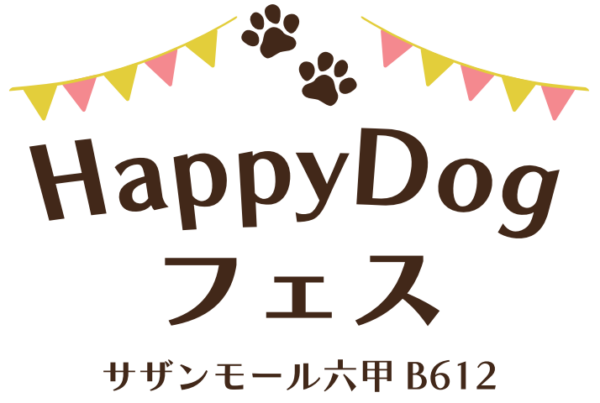
【March 31】Happy Dog Festival at GREEN DOG Kobe
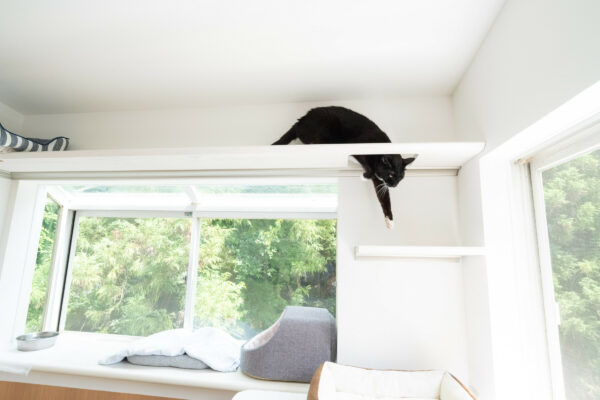
A New Look for Nose
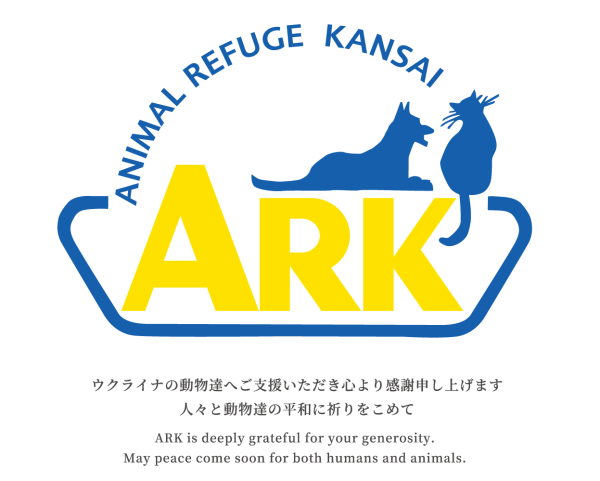
【May update】Support Ukrainian Animals

【4/28 Update】Shiba Inu Hoarder Rescue
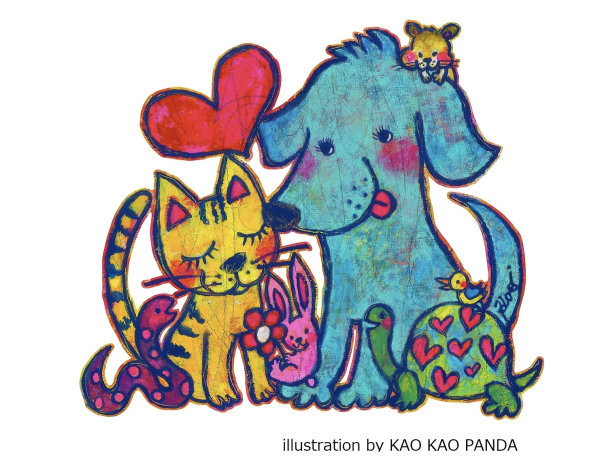
Let’s help Hokkaido get its own animal shelter!

Elizabeth Oliver Honoured by the Japan-British Society
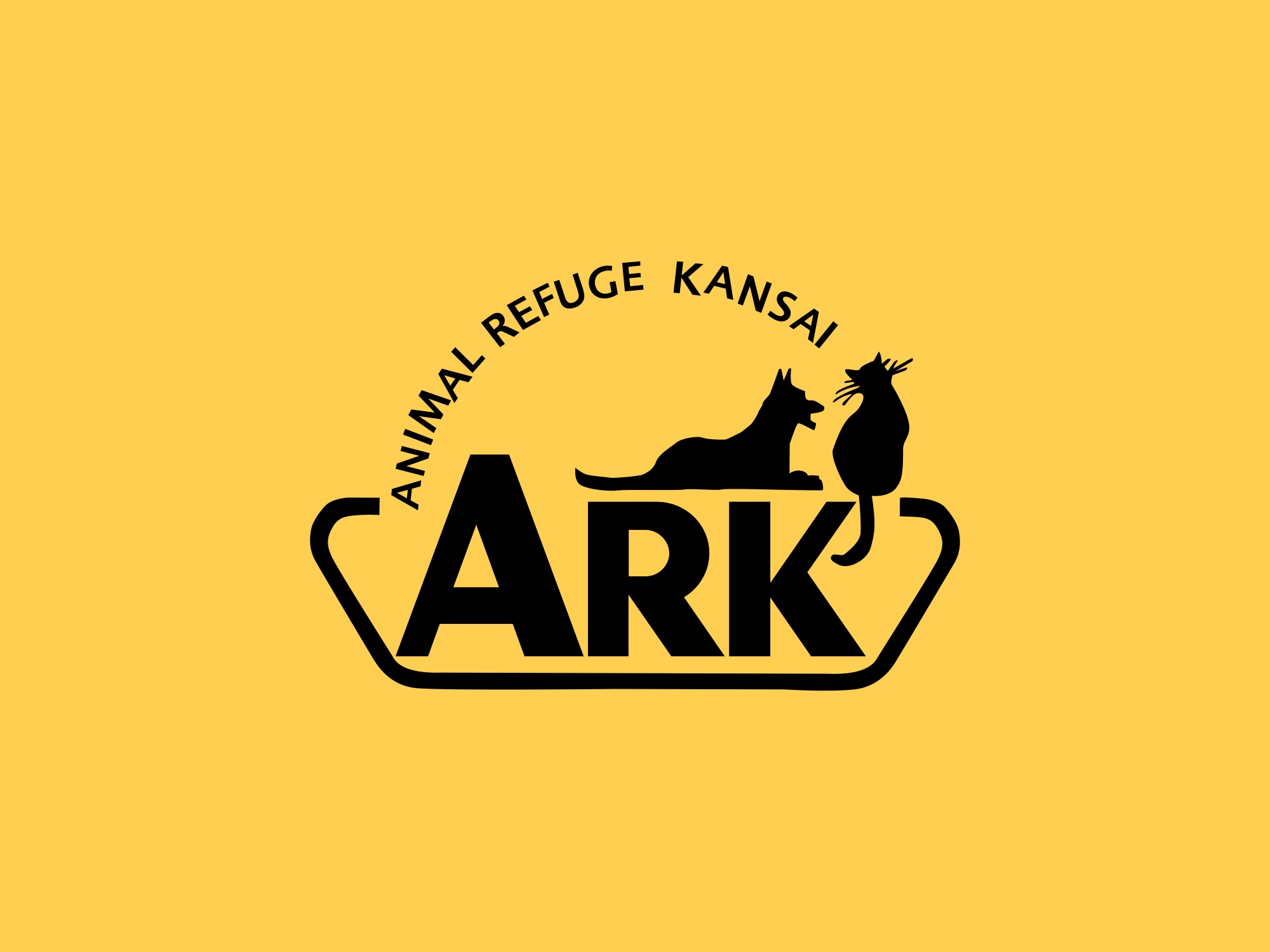
【October 16, 2022】Elizabeth Oliver @ JBSK Day (Hankyu Department Store, Umeda)
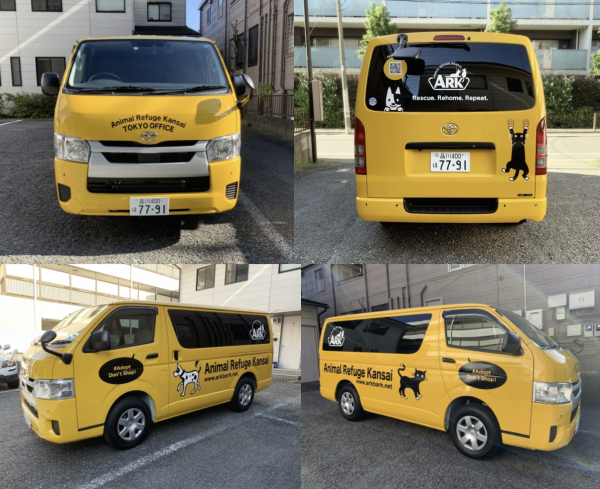
Please welcome a new member of the ARK family!
